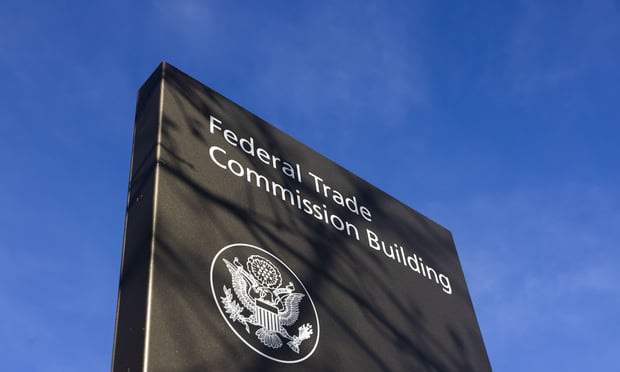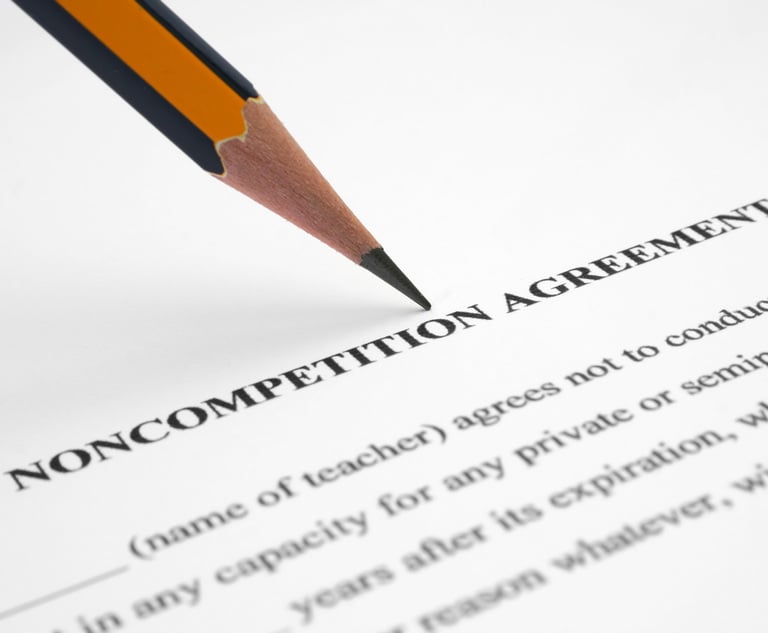Hiscox USA recently released its 2017 Hiscox Guide to EmployeeLawsuits, an annual report that analyzes employee litigationagainst U.S. businesses and identifies the states in which employeelawsuits are most prevalent.
|The report also addresses what constitutes discrimination in the workplace, and offersguidance for employers on what businesses can do to detect,mitigate, and prevent such occurrences.
|This study was compiled using data on employment charge activityfrom the Equal Employment Opportunity Commission (EEOC) and itsstate counterparts.
||
Discrimination in the Workplace
Claims against an employer can occur when an employee or jobapplicant feels they have been discriminated against in the workplace forreasons including, but not limited to, their age, disability,religion, race or color.
|Unlawful retaliation against job applicants or employees, whohad alleged that they had been punished for asserting their rightsto be free from employment discrimination, is the most common claimasserted in federal employment cases.
|According to the 2017 Hiscox Guide, the following represent thetop causes for employee litigation. In many cases, however, morethan one cause was cited:
- Retaliation (46% of cases)
- Race (35%)
- Disability (31%)
- Sex (29%)
|
The Cost of Employee Lawsuits
Hiscox research indicates that among small and midsizebusinesses, or those with 500 employees or less, 1 in 10 businesseswill be involved in an employee lawsuit.
|Among 1,214 closed claims reported by small and midsizebusinesses, 24% of employment charges resulted in defence andsettlement costs averaging a total of $160,000. On average, thosecases took 318 days to resolve.
|Of these cases, 76% resulted in no payment by the insurancecompany.
||
States with the Highest Risk
In 2016, U.S. companies faced at least a 10.5% chance of havingan employment charge filed against them, according to the HiscoxGuide. However, Hiscox researchers note that some states aresignificantly riskier than others.
|“It's critical to be acutely aware of your state's laws,”Patrick Mitchell, Management Liability Product Head at Hiscox USAsaid. “We found that many of the higher-risk states have laws inplace that go beyond federal legislation. Varying state laws canimpact the risk business owners face and play a role in the numberof employee lawsuits in a given state. Business owners must stayaware as legislation evolves, and ensure that their businesses arecompliant and that they have a plan in place should a lawsuit befiled.”
|Here are the top 10 states with the highest employee lawsuitrisk:
||10. Georgia: +19%
9. Connecticut:+19%
8. Illinois: +35%
7. Alabama: +39%
6. Mississippi: +43%
5. California: +46%
4. New Mexico: +50%
3. Nevada:+55%
2. Delaware: +55%
1. Washington, D.C.: +81%
From: PropertyCasualty360
Complete your profile to continue reading and get FREE access to Treasury & Risk, part of your ALM digital membership.
Your access to unlimited Treasury & Risk content isn’t changing.
Once you are an ALM digital member, you’ll receive:
- Critical Treasury & Risk information including in-depth analysis of treasury and finance best practices, case studies with corporate innovators, informative newsletters, educational webcasts and videos, and resources from industry leaders.
- Exclusive discounts on ALM and Treasury & Risk events.
- Access to other award-winning ALM websites including PropertyCasualty360.com and Law.com.
*May exclude premium content
Already have an account? Sign In
© 2024 ALM Global, LLC, All Rights Reserved. Request academic re-use from www.copyright.com. All other uses, submit a request to [email protected]. For more information visit Asset & Logo Licensing.







